Contour Unimouse Wireless Ergonomic Mouse review
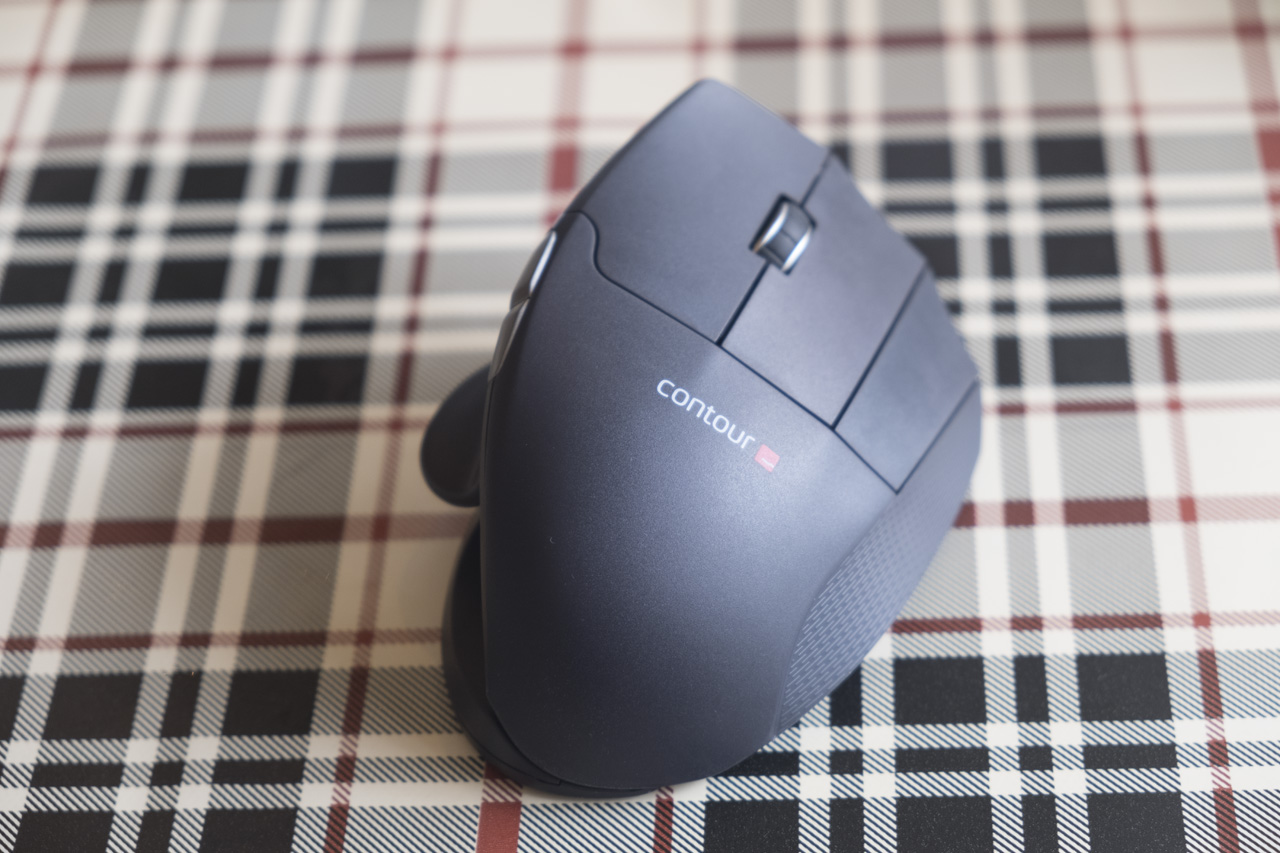
For anyone that suffers from pain in their hand, wrist or arm from RSI, using a mouse for extended periods can be an excruciating experience. Our hands aren’t meant to be kept in a horizontal position for so long without break, and years of mouse use can cause significant problems.
That’s why we’ve seen alternative ergonomic mice designs, many of which allow the mouse to be used in an angled or even completely vertical position. This reduces pressure and pain, allowing computer users to work, play games or surf the web in comfort. However, not all positions are comfortable for all people, and it can be hard to guess which position you’ll like best before actually trying it. Even if you find a position that works, moving from one fixed position to another may not be great for your long-term health.

The subject of today’s review solves these problems by offering a full range of angles, allowing you to use your mouse at nearly the same angle as a traditional mouse, almost vertical or any angle in between. It’s called the Contour Unimouse, and we’ve been using it for the past week. Let’s take a closer look in our full review!
Specs & Features
- Ergonomic mouse with four friction-based points of articulation so you can find your own unique comfort
- Effortlessly switch postures on the fly to engage different muscles and tendons while avoiding fixed, static positions
- 35 degrees of body adjustability (35 to 70 degrees)
- Articulating thumb support to alleviate pinching of the CMC (basal) joint and reduce RSI
- State-of-the-art PixArt OMW3330 sensor provides seamless performance from 800 to 2800 DPI
- Rechargeable Li-Ion battery provides three months of daily use
- 6 programmable buttons and an ultra-smooth scroll wheel plus customisable user macros
- Contents: Unimouse Wireless, USB receiver, USB cable adapter, USB to Micro USB cable, user guide
Design
The heart of the Unimouse is its wide and adjustable body, which out of the box sits at a comfortable 35 degree angle that’s better ergonomically than a standard mouse.

The expansive design suits a wide variety of hand sizes, from small to extra large, with three distinct buttons that serve as left click, middle click and right click. (You can also change the middle mouse button to act as a double click by holding down the DPI adjust button and middle click button simultaneously.)
Between the left and middle mouse buttons, there’s a smooth scroll wheel with distinct tactile notches. There are two additional buttons on the left/top side, which are bound to Back and Forward in Windows by default to allow for rapid navigation through web pages, file directories and more.
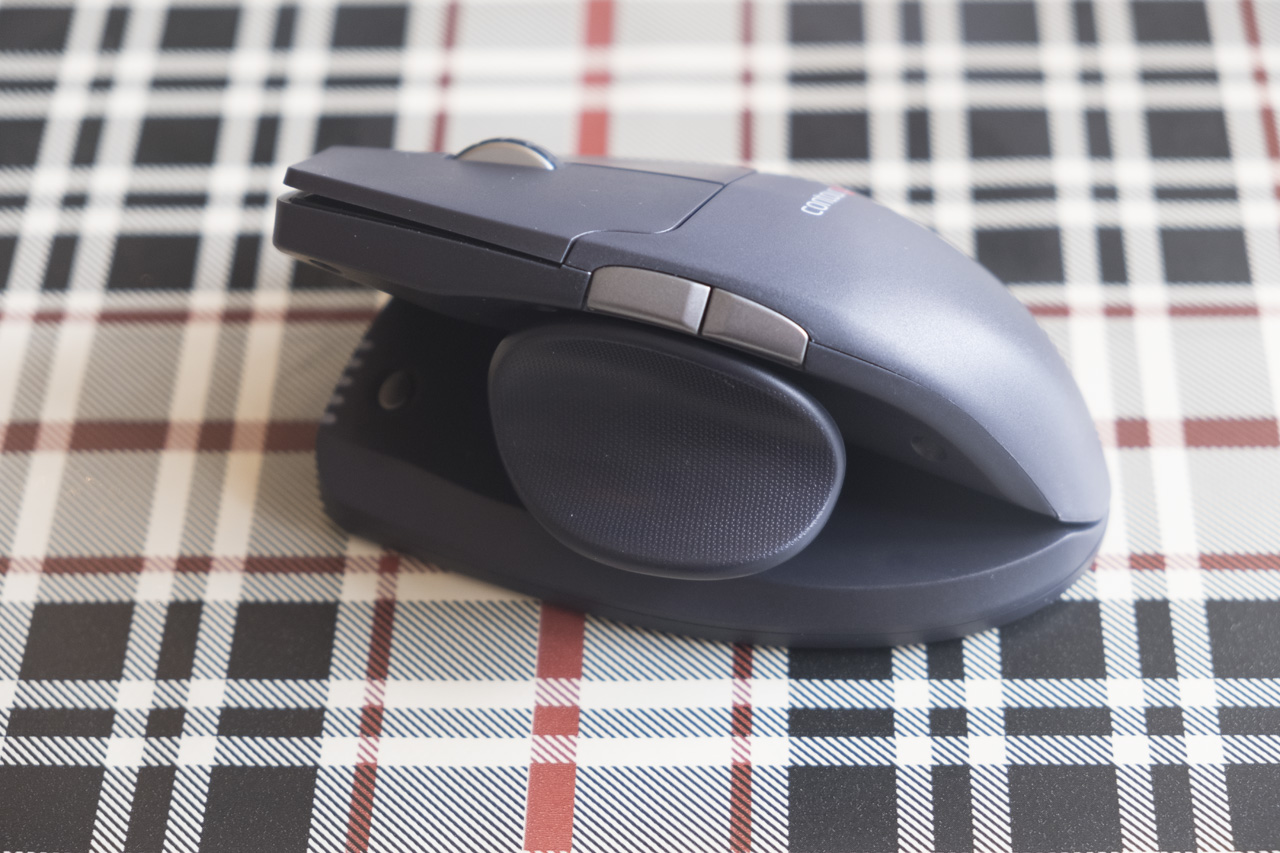
Below the main body of the mouse, there’s a curved and accommodating thumb rest. A ball joint allows the thumb rest to angle up, down, forward and back. You can also move the rest towards the front or back of the mouse along a rail, and telescope it in or out to suit your preferences. The friction-based system is easy to adjust, and stays in place effortlessly once changes are made.
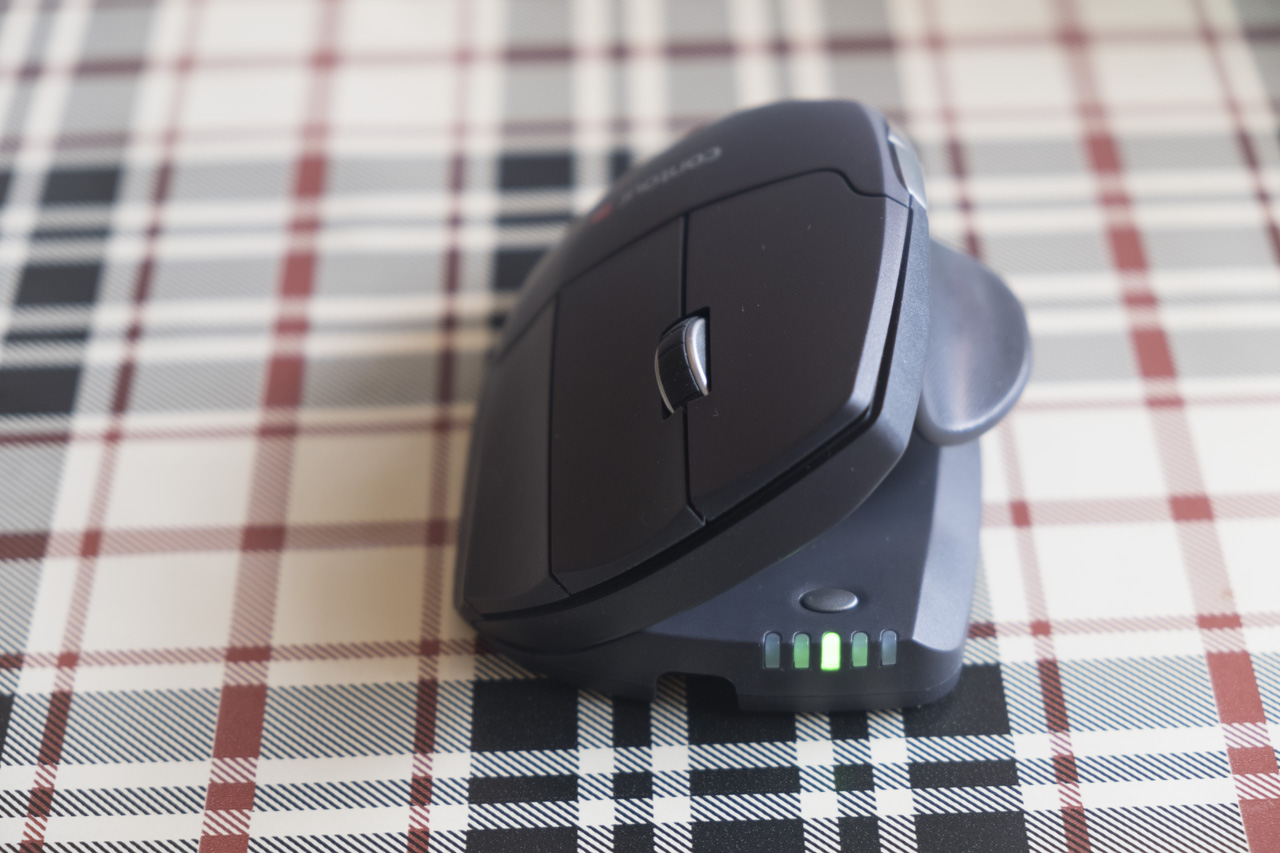
Towards the front of the mouse, below the adjustable main body, there are five status LEDs that can light up in green or red. A button nearby allows the sensitivity to be adjusted on the flow, stepping between 800 DPI and 2800 DPI in 200 DPI increments. This area also shows the available battery, and will begin flashing red once the mouse needs to be recharged soon.
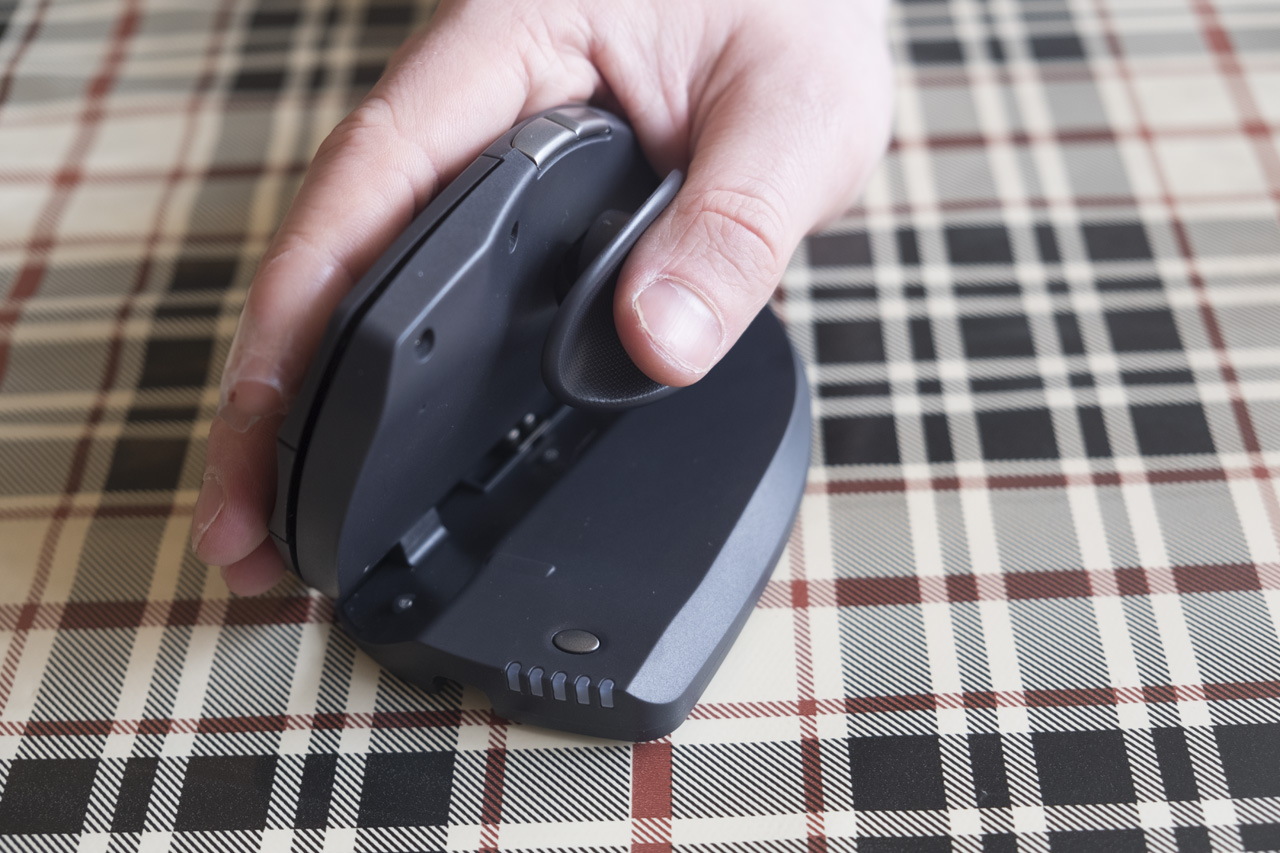
The body of the mouse can be elevated from 35 degrees to 70 degrees, allowing it to reach a near-vertical angle for the ultimate in ergonomic comfort. You’re free to change this angle whenever you wish, allowing you to engage different muscle groups and avoid a static hand posture. As with the thumb rest, a simple friction-based system makes adjustment easy. The adjustable angle also allows the mouse to be folded up for easy portability.
The bottom of the mouse has three large skates that are suitable for all surfaces. Towards the front of the mouse there’s the PixArt PWM3330 sensor, a recent mid-range optical sensor with sterling credentials. The sensor lacks any unwanted built-in acceleration, allowing for pixel-perfect accuracy in games and spreadsheets alike. There’s also a power switch here, allowing both wired and wireless modes to be toggled on and off.
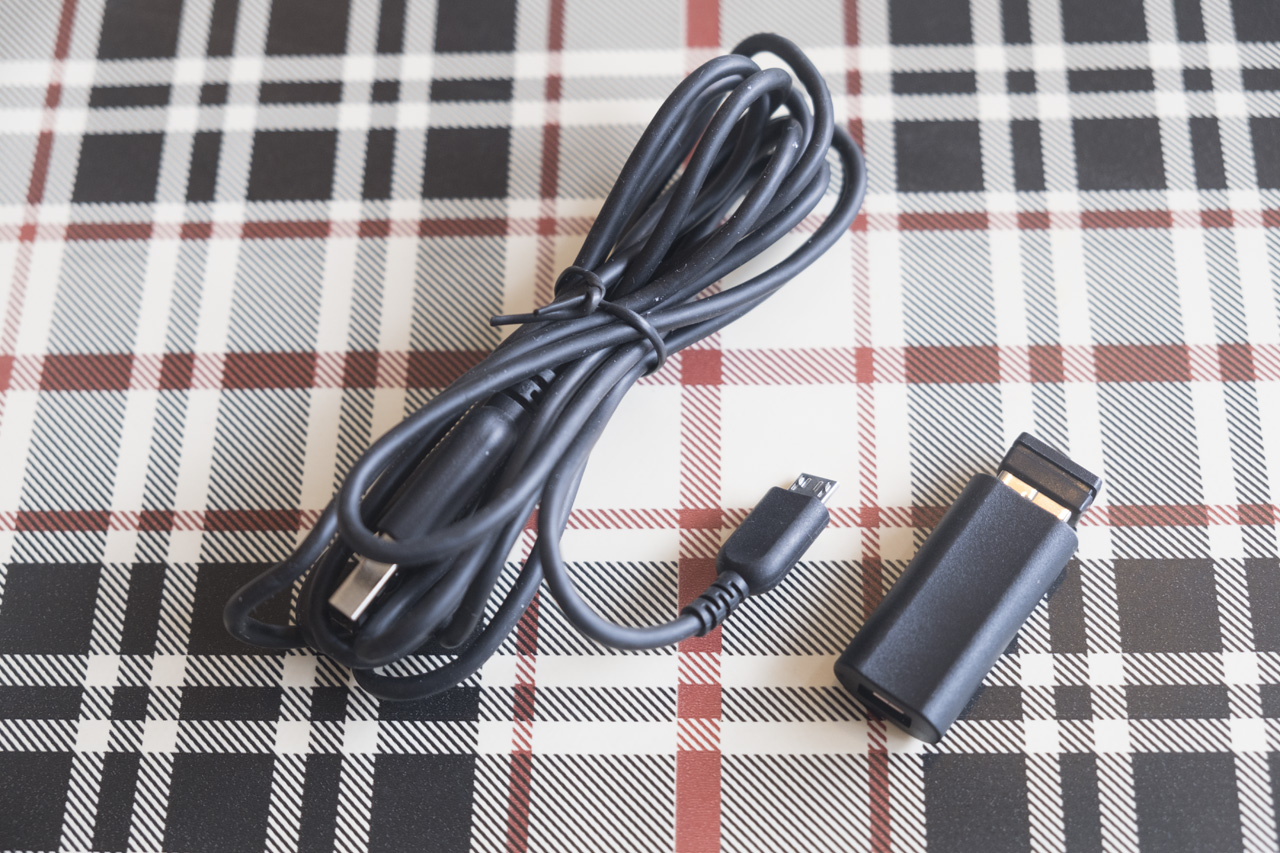
The front of the mouse is where the Micro USB charging cable can be plugged in. By default you’ll use the mouse wirelessly, by plugging a tiny USB dongle into your computer. You can also use it wired if you prefer, and a lighter wired model is also available. The battery for the wireless version should last for three months of daily use, and definitely comes recommended for laptop users.
That brings our tour of the hardware to an end, so let’s briefly cover the software side of the equation before we get into our testing results!
Software
To use macros or reprogram the buttons, you can install the Unimouse driver on Windows or Mac. The current driver page states that the driver is only available for Windows 10 or macOS, but you can go to the old drivers page for a version intended for Windows 7 or Windows 8.
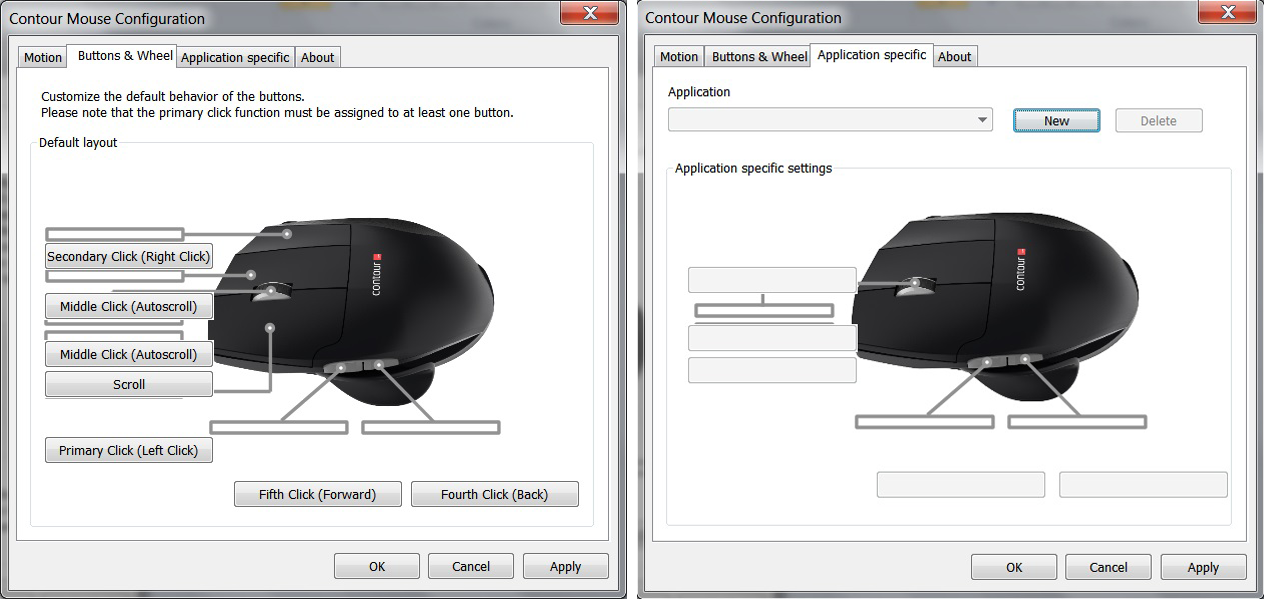
The drivers allow you to customise various aspects of the mouse, setting up macros, re-binding the buttons to different functions or choosing application-specific settings. The drivers offer similar functionality on macOS, although I wasn’t able to test them myself.
Testing
I used the wireless Unimouse for a one week period with Windows 10, both on a desktop PC at home and with a laptop in cafes and trains.
I noticed a significant difference in long-term comfort between using the Unimouse and standard flat horizontal mice. After using the Unimouse for six hours of work and a couple hours of games afterwards at its default 35 degree angle, my wrists felt a bit less painful than they did the day before. The following day, I consciously tried to adjust my hand’s position every hour or so. This seemed to provide better results, reducing pain in my right wrist to tolerable levels.
Of course, this is only my experience — you may not experience similar results. However, having a full range of postures available should at least maximise your chances of finding a suitably comfortable position.
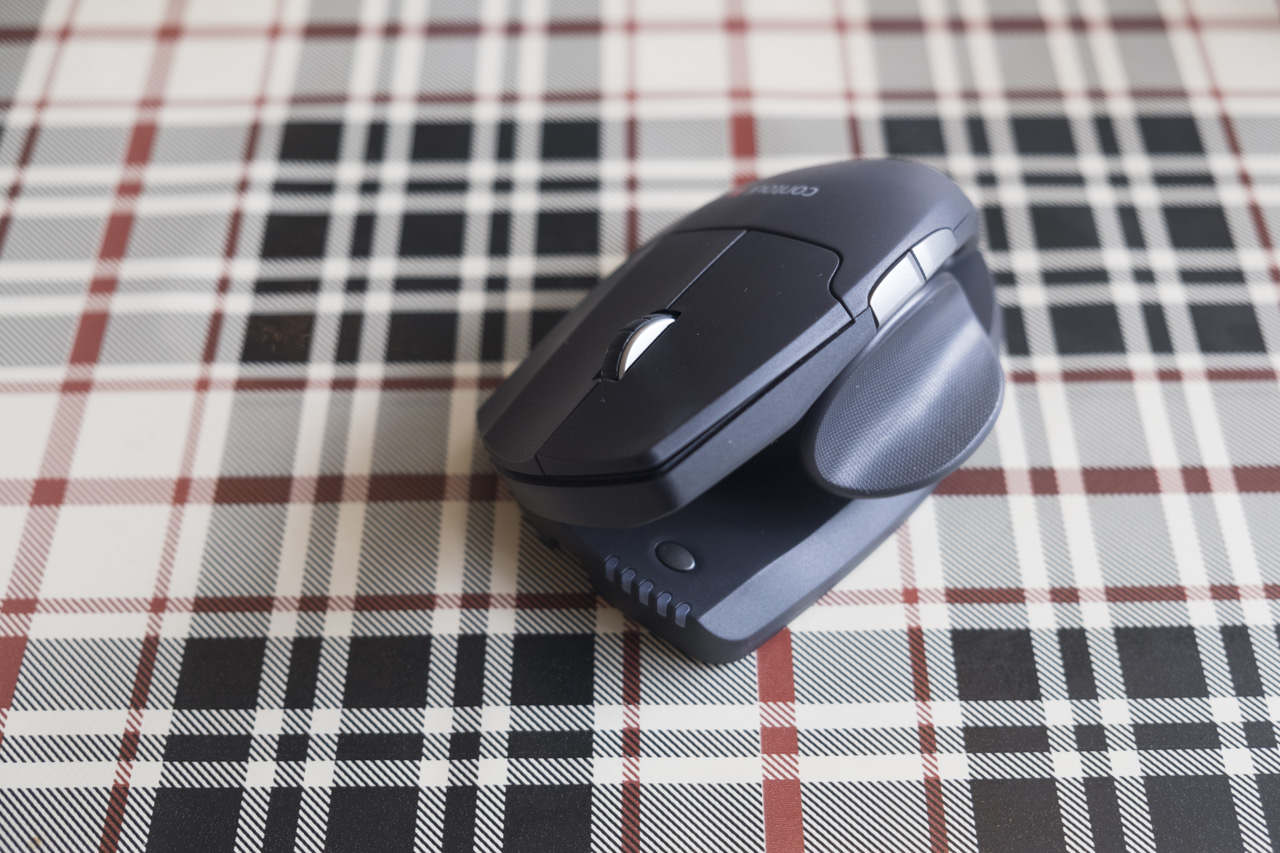
Changing the angle of the main body and the thumb rest to suit was a very rapid affair, and even at its highest angle of elevation the mouse itself remained rock-solid. I did notice that elevating the vertical angle of the mouse to the maximum meant that I got some corresponding rotation in the horizontal axis; I wasn’t holding the mouse perfectly straight on the table. This meant when I meant to move right to left, the cursor on screen went down and to the left. That required a little mental readjustment when playing fast-paced games like World of Tanks or PlayerUnknown’s Battlegrounds. I later discovered that adjusting the angle of the thumb rest alleviated the problem, so it’s worth remembering this if you experience a similar issue.
I also found telescoping the thumb rest out and sliding it forward made it more comfortable for my large hands, so remember rotation isn’t the only possible thumb rest adjustment!
Overall, the Unimouse was as good as gold in my testing. The mouse remained consistent and responsive throughout, with the wireless connection proving no problem on either the desktop or laptop I tested it with. Given its significant comfort improvement, I plan to continue using the Unimouse for work to hopefully prevent further RSI symptoms on my right hand.
Links
You can find the Contour Unimouse on KeyboardCo. Choose the wireless or wired versions below to see more information or to get one of your very own!
Wrapping up
Thanks for taking a look at the article! We hope it was helpful to you. If you have any questions or comments, feel free to get in touch via the comments below. You can also try messaging us on Twitter or Facebook. Thanks for reading the article and we’ll see you on the next one!
Photos taken by Stella Judd
